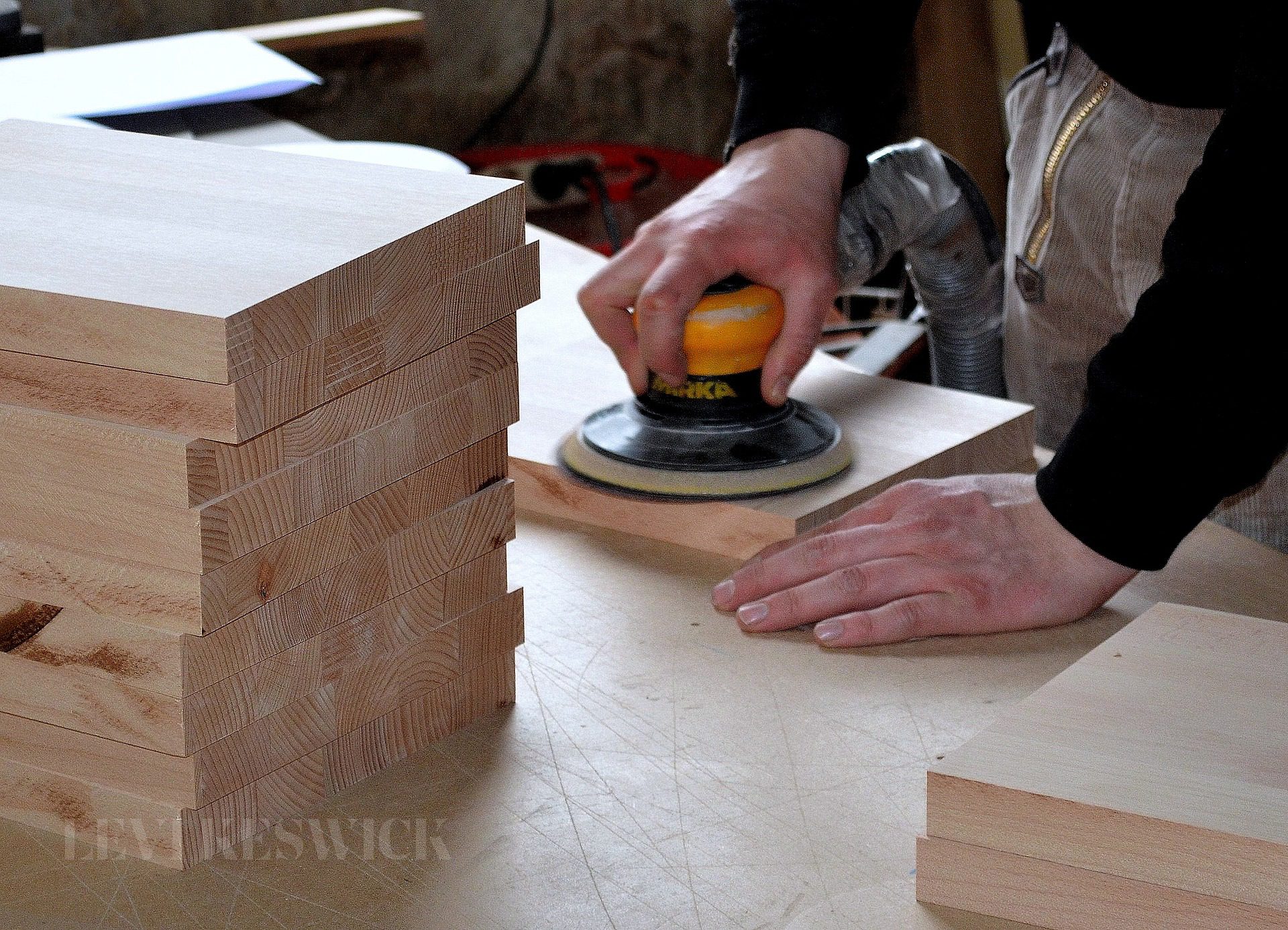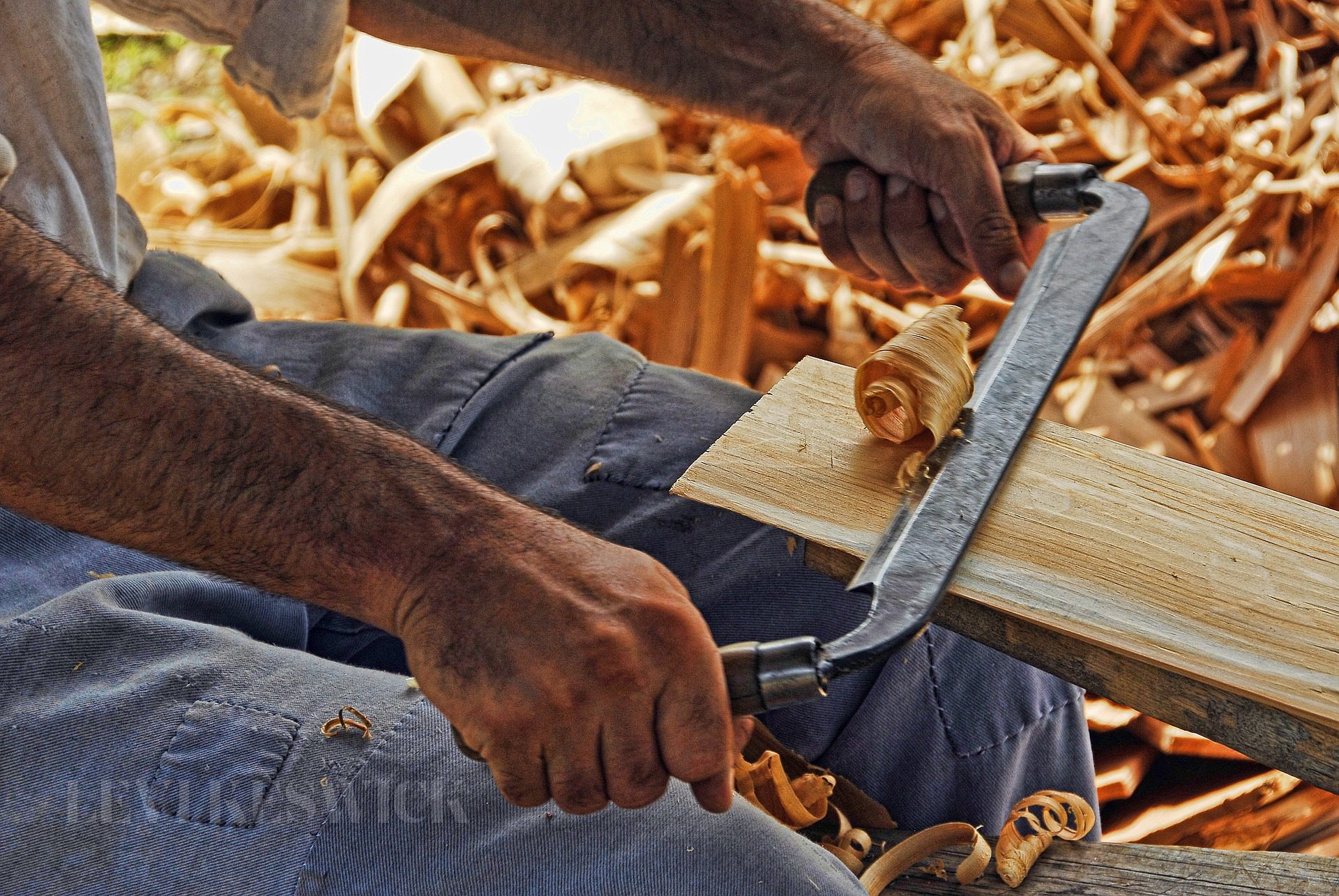If you’re new to DIY woodworking, you may feel a bit overwhelmed or intimidated by the prospect. But don’t worry—it’s not as daunting as it seems! With a few helpful tips and tricks, you can get started on your woodworking projects in no time. Here are some essential tips to help get you started:
Find the Right Resources
One of the main keys to success in woodworking is finding the right resources. Look for books, magazines, and websites that focus on woodworking projects and techniques so you can get familiar with the tools, materials, and techniques used in woodworking. You can check here for the resources and how to use them to make the most of woodworking projects. That way, you’ll be able to start your projects without too much stress or confusion.
Additionally, you can find forums and meetups to connect with experienced woodworkers who can offer advice and even answer questions you might have. You can also join online or in-person workshops to learn more about the craft of woodworking. When it comes to finding supplies, look for local suppliers near you so that you don’t have to pay extra for shipping costs.
Choose the Right Projects
It’s important to choose woodworking projects that are appropriate for your skill level. Start with simpler projects like birdhouses, benches, and planters so you can get comfortable with the basics of woodworking before taking on more complex tasks such as furniture making or larger building projects. And don’t forget to have fun—sometimes, the simplest projects can be the most rewarding.
Choose woodworking projects that will provide a sense of accomplishment when you complete them. Before starting any project, it’s important to assess the amount of time, effort, and money you’re willing to commit to a piece. Make sure that you have all the tools and materials necessary for the project before getting started.
Make Safety a Priority
Safety should always be your number one priority. Make sure you understand and follow all safety procedures when working with tools, materials, or machines. Wear the appropriate clothing, such as goggles and gloves, to protect yourself from abrasions, dust, and splinters. And be sure to read the instructions for any machines or tools before you use them.
If possible, ask someone with more experience to show you how to use them safely and correctly. When working in the shop or garage, never leave tools or materials out that can be a tripping hazard or could cause injury if misused. Lastly, always keep an eye on unsafe conditions, and don’t hesitate to stop and correct them before continuing with your project.
Choose the Right Tools
The right tools will make a big difference when it comes to woodworking projects. You’ll need basic hand tools such as hammers, chisels, saws, and screwdrivers. If you plan on taking on more complex projects like furniture making, then you’ll need power tools like drills, sanders, routers, and table saws. Make sure to look for quality tools that are made from high-grade materials, as this will ensure your project’s success.
It’s also important to get the right safety gear, such as goggles and earmuffs, to protect yourself from any potential hazards. With the right tools in hand, you’ll be ready to start tackling those woodworking projects. Additionally, it’s essential to maintain your tools properly, as this will help ensure that they last longer and remain in top condition.
Make a Drawing First
For any woodworking project, it’s important to start with a plan. Before you begin building anything, make a drawing of your project and measure the dimensions of each piece. That way, you’ll know the materials and tools you need and can better visualize the outcome. Once you know what you want to create, you can gather the supplies and build your project. Just make sure to double-check all of your measurements before you start cutting anything.
Making a drawing can also help you figure out how to join the pieces together. Consider which types of wood joints will work best for the project, and practice on scrap wood if necessary. Creating a solid plan can prevent mistakes, save time, and increase the chances of your project turning out how you want it to.
Test Fit as You Progress

Once you start building, remember to test fit the pieces as you go. Measure each piece multiple times and check them against your drawing to ensure accuracy. This is especially important if you use glue or nails—you don’t want gaps between two pieces of wood that could weaken the joint. Test fitting will also help you pre-drill holes and ensure that the parts all fit together properly.
Taking your time now will save you time later when you have to make adjustments or repairs. Testing as you progress will also help keep mistakes to a minimum. As tempting as it may be to rush through the process, being patient and taking your time is always worthwhile.
With these tips in mind, you’re ready to start tackling your next woodworking project. From choosing the right tools to testing fit as you progress, making sure that you plan and prepare properly is key for any successful project.












